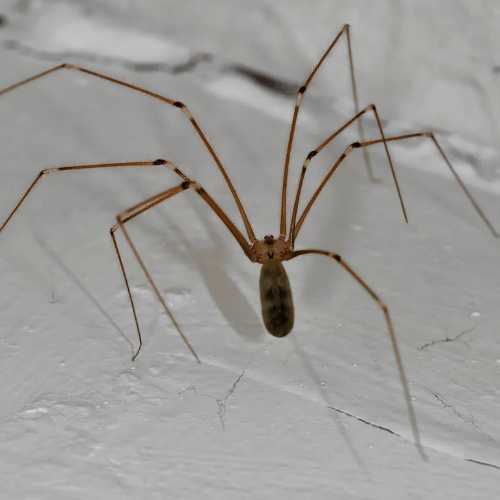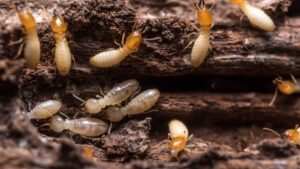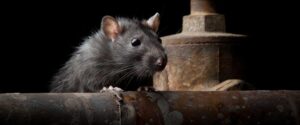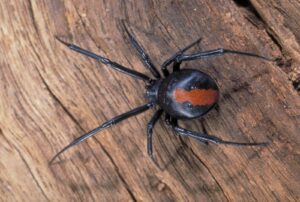Introduction:
Daddy-long-legs spiders are a common spider species found in Australia. They are also known as cellar spiders, because they are often found in dark, damp places like cellars, sheds, and basements. Despite their spindly appearance, Daddy-long-legs spiders are actually quite beneficial to have around, as they help to control other insect populations. In this blog post, we’ll take a closer look at Daddy-long-legs spiders, including their appearance, habitat, behavior, and more.
Description:
Daddy-long-legs spiders are a small to medium-sized spider species, with long, thin legs that give them their characteristic spindly appearance. They are typically light brown or grey in color, with a round abdomen and small, fang-like jaws. Daddy-long-legs spiders are often mistaken for the more dangerous redback spider, but they are actually harmless to humans.
Habitat:
Daddy-long-legs spiders are found throughout Australia, in a wide range of habitats. They are most commonly found in dark, damp places like cellars, sheds, and basements, but they can also be found in gardens, forests, and other outdoor areas. Daddy-long-legs spiders are not particularly territorial, so it’s not uncommon to find several of them in the same area.
Behavior:
Daddy-long-legs spiders are not aggressive and are generally not dangerous to humans. They are not known to bite, and even if they do, their venom is not harmful to humans. Instead, Daddy-long-legs spiders are known for their web-building abilities. They spin intricate webs that are used to catch prey, and they are quite skilled at hiding in plain sight. Their long, thin legs allow them to move quickly and gracefully through their webs, and they can easily navigate even the most complex of structures.
Daddy-long-legs spiders are also known for their ability to regenerate lost limbs. If a Daddy-long-legs spider loses a leg, it will often grow a new one in its place. This makes them particularly resilient and adaptable, and allows them to survive in a wide range of environments.
Reproduction:
Daddy-long-legs spiders reproduce sexually, with the male spider depositing his sperm into the female’s reproductive system. The female will then lay her eggs in a small, silken sac, which she will protect until the eggs hatch. Daddy-long-legs spiderlings are born with all of their legs intact, and they are able to start spinning webs and catching prey almost immediately.
Conclusion:
Daddy-long-legs spiders are a fascinating and beneficial spider species found throughout Australia. While they may look intimidating, they are actually harmless to humans and are known for their web-building abilities and resilience. So the next time you see a Daddy-long-legs spider in your cellar or shed, remember that it’s there to help control other insect populations, and try to appreciate its unique beauty and behavior.







